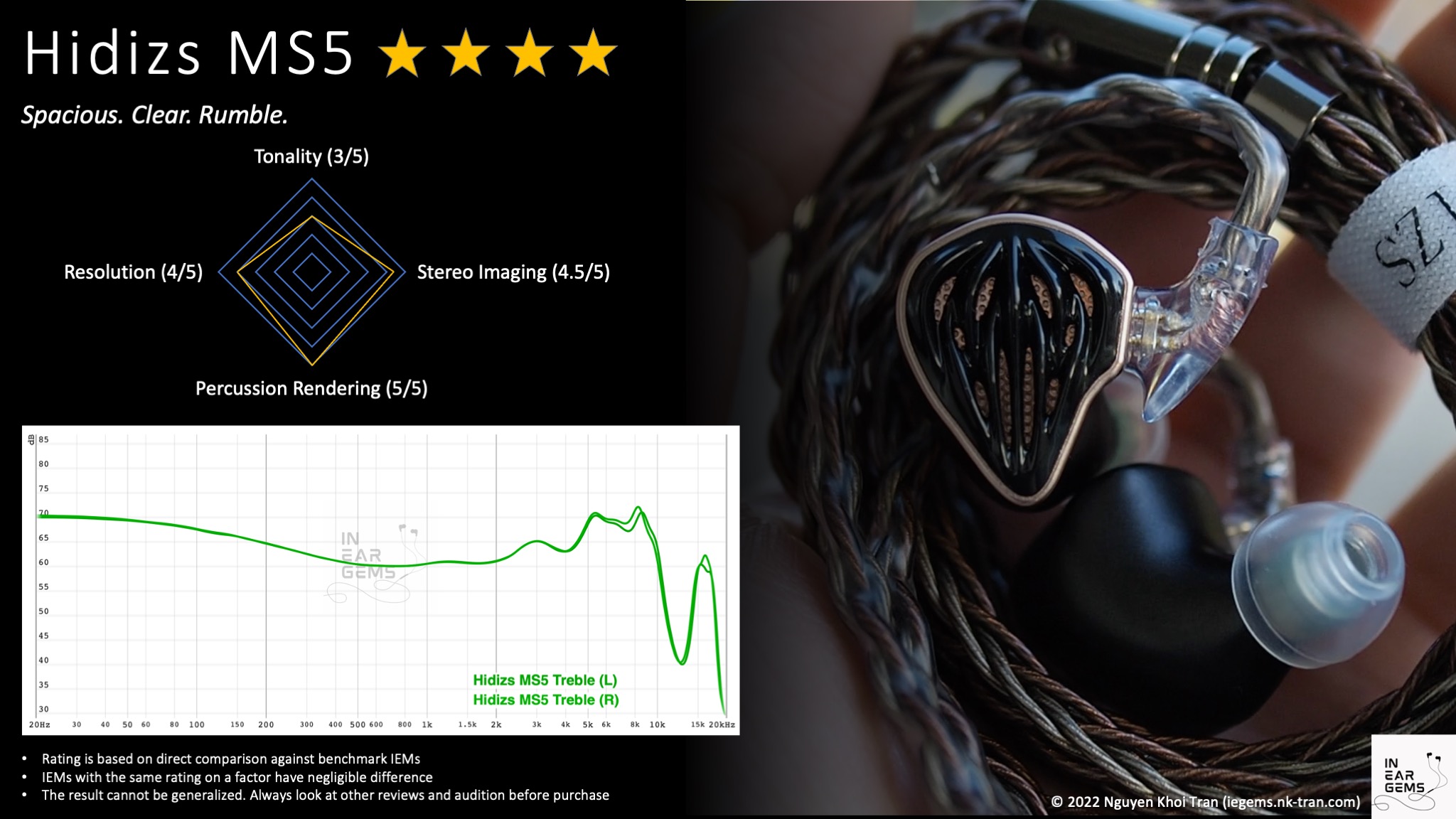Hidizs MS5 - Spacious. Clear. Rumble
Hidizs is well-known for its electronic products, such as the AP80 micro music player series and the S series of DAC/amp dongles. Less known is their IEM product line, often featuring peculiar tonality and user-adjustable tuning mechanisms.
Today, we look at the upcoming flagship of the Hidizs IEM line, the MS5. Sporting a 1+4 configuration, does MS5 has what it takes to enter the ultra-competitive “mid-fi” bracket. Let’s talk about IEM.
If you prefer to listen rather than read my review, you can find a detailed review on YouTube here:
If you prefer reading and skimming, read on, my friends.
Forewords
- My review aims to tell you where they are within a consistent and simple scale from 1 (poor) to 5 (outstanding). Scores are assigned by A/B tests against benchmark IEMs, regardless of the retail price.
- I focus on the poorly-defined yet important “technical performance”, such as resolution, soundstage, and imaging.
- Ranking list and measurement database are on my IEM review blog.
- This review is based on a review sample from Hidizs (Thank you!). I have no affiliation with or financial interest in Hidizs. The price of this IEM is unknown when I finish this review. You can find out more info and get yourself a unit from the Hidizs store.
Specs
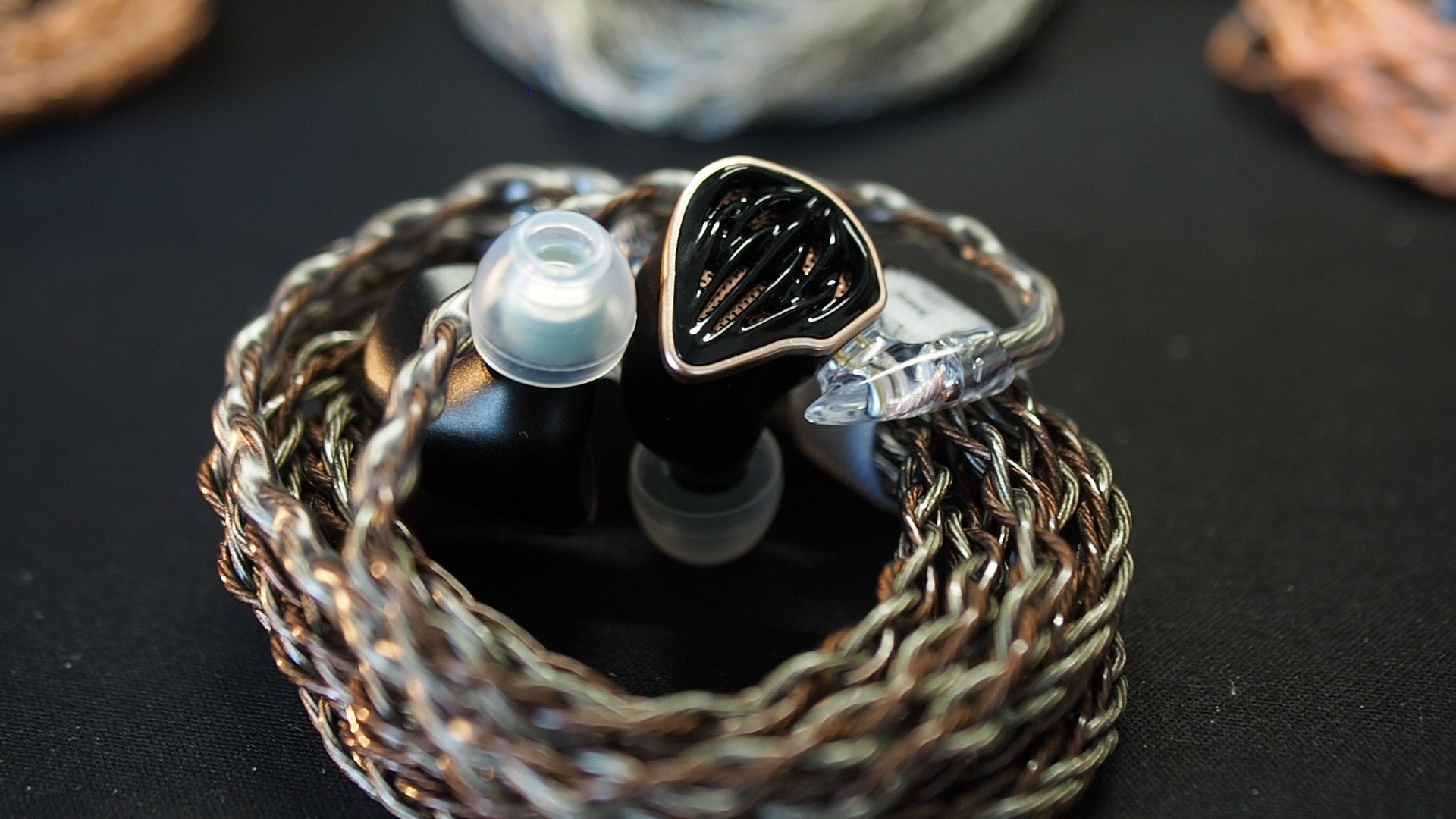
- Driver: 1DD (10mm) + Sonion 17A003 + Sonion 2389 + Sonion E50DT (2 BA in one unit)
- Connector Type: 2-pin
- Impedance: 5.3ohm
- Sensitivity: 104dB
Non-sound Aspects
As you can see in my unboxing video, the accessories that come with MS5 is generous. I was particularly impressed by the cable. It is not the softest cable due to its thickness, but the wires and the braiding look and feel high quality. Unfortunately, the cable terminates with a 3.5mm. As far as I know, Hidizs does not offer an option to get MS5 with a 4.4mm cable.
Despite the quality, the cable was where I had the most problem with the fit and comfort of MS5. Simply put, the ear hooks on the cable are too aggressive that they pinch my ears hard and press the ear pieces against my outer ears. My left ear started to hurt after one hour. I might remove the ear hooks to salvage the cable since it is high-quality.

Besides the cable, I have no other fit and comfort issues to report. The earpieces are medium-sized and have long nozzles. I used my own Spin Fit W1 tips and opted for a shallower fit, mitigating any comfort issues and extending the soundstage width. I had no pressure build-up or vacuum feeling in long listening sessions.
The isolation of MS5 is more than expected, given the generous venting on the faceplates. I’m not sure whether the grills on the faceplates are for acoustic tuning or just for decoration. I can use these IEMs on commute without increasing the volume.
How it sounds
Sources for listening tests:
- Fiio K7 (for all A/B tests)
- Shanling M6 Ultra
- Hidizs S9 Pro
Local FLAC files ripped from CDs or bought from Qobuz were used for most casual listening and A/B tests. My playlist for A/B tests can be found on Apple Music here.
All listening was done with the Treble nozzle and Spin Fit W1 ear tips. I listen at a medium-low level. Volume is adjusted so that the focal vocals and instruments are clear unless overwhelming bass or treble peaks prevent me from doing so.
Tonality and Timbre: 3/5 - Average
Frequency response of MS5. Measurements were done with an IEC-711-compliant coupler and might only be compared with other measurements from this same coupler. Visit my graph database for more comparisons.
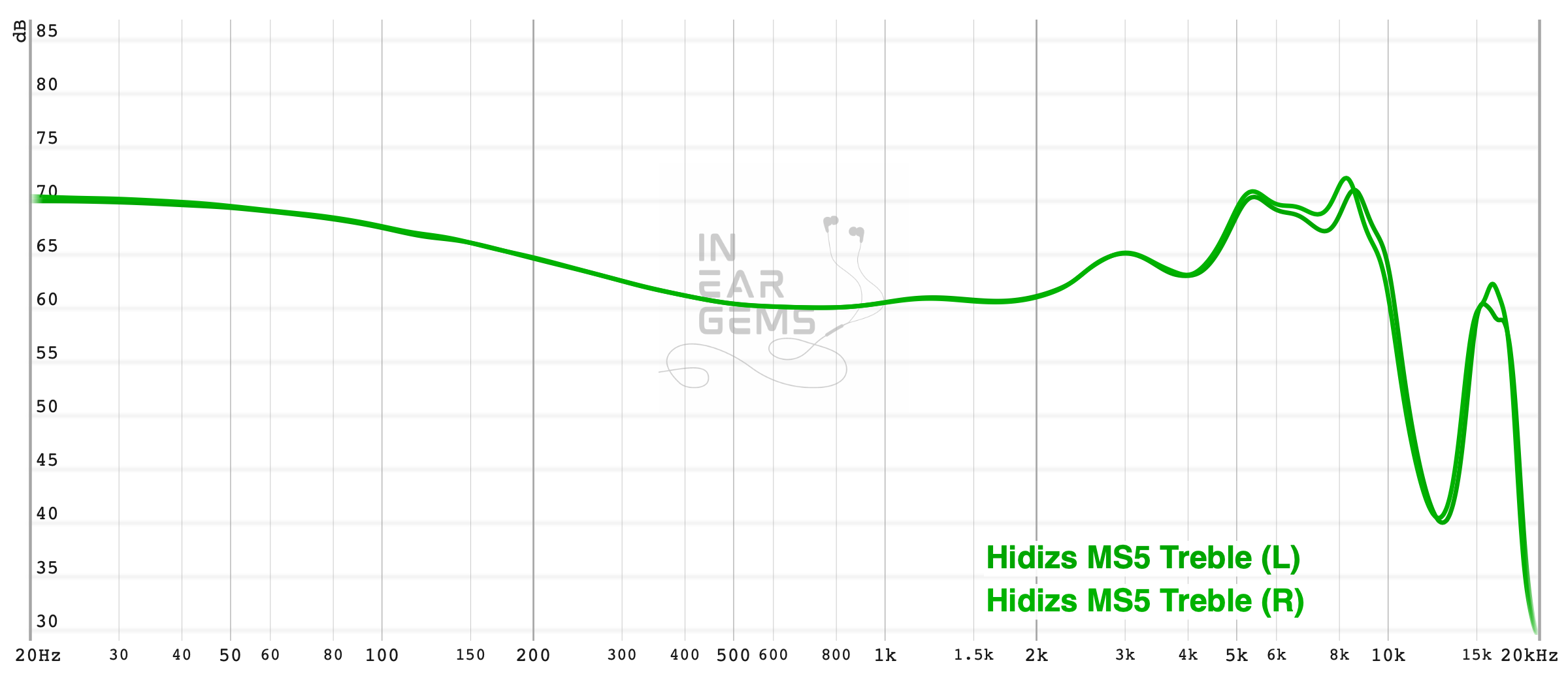
Tonality or “tuning” is where objectivity and subjectivity meet. Objectivity exists in the squiggly lines above, called Frequency Response (FR) graphs. They are created by sweeping a signal from 20Hz to 20kHz and measuring the corresponding loudness coming from an IEM. Unless a human operator deliberately tampers with the microphone or the data, FR does not care about the price or prestige of an IEM and, therefore, is “objective.”
However, human listeners are not microphones. Our ears and brain interpret the sound and decide whether it is “enjoyable.” It is also beneficial to remember that when you play a note on a musical instrument, multiple sounds (fundamental and harmonic) appear simultaneously and mix together. Achieving a life-like balance between frequencies and adding a tasteful amount of imbalance (“colouring the sound”) is the hallmark of an excellent tonality.
The overall tonality of MS5 can be described as U-shaped. It has prominent (sub)bass, prominent (mid)treble, and relatively neutral midrange.
It means that if I listen to music performed by a rock band, such as Hotel California by the Eagles, I can hear prominent kicks and bass guitar. I can also hear cymbals cutting through the mix. The vocal and guitars (midrange) are sandwiched in the middle. However, as MS5 is U-shaped rather than V-shaped, all midrange instruments sound natural. There is only a hint of warmth due to the 3dB boost at 250Hz. This presentation differs from aggressive V-shaped IEMs that boost the bass to 500Hz or 1000Hz, making vocals thick and muffled.
MS5’s midrange is more laidback than V-shaped or Harman/DF-tuned IEMs. Singers never feel so loud or close to your face (shouty). There is no grating feeling when they hit high notes, either. The reason is that the ear-gain boost is only 5dB rather than the usual 12.5dB of Harman-tuned IEMs. However, the midrange still feels correct because the ear gain is placed at the right place (peaking at 3kHz, no weird hump at 1.25kHz).
The bass of MS5 is as big as the graph suggests. It has good rumble, good decay, and a clean attack. I will discuss it further when we discuss percussion rendering and bass quality.

The most divisive aspect of MS5 would be the lower-treble and mid-treble response (around 5kHz to 8kHz). If you have been hanging around the lower-priced bracket of the IEM market where Harman-inspired IEMs reign, the treble tuning of MS5 would surprise you. With Harman-inspired IEM, the upper-midrange at 3kHz would be the highest frequency response point, bringing all the focus to the vocals and instruments. Cymbals and hi-hats would play a supporting role, easily seen by the subdued treble energy after the 3kHz peak.
The treble tuning of MS5 is more in-line with IEMs in the kilo buck market, notably the Noble Audio Kublai Khan and Unique Melody MEST series. These IEMs, including MS5, produce more zings and shimmering to the sound due to the emphasis on the frequency region where cymbals, hi-hats, and chimes exist. The focus at 5kHz also increases the snappiness of note attacks, such as the plucks of guitar strings or articulations of a bow on violin strings. Due to the subdued upper midrange (3kHz), this treble response is not tiring for me, even after long listening sessions.
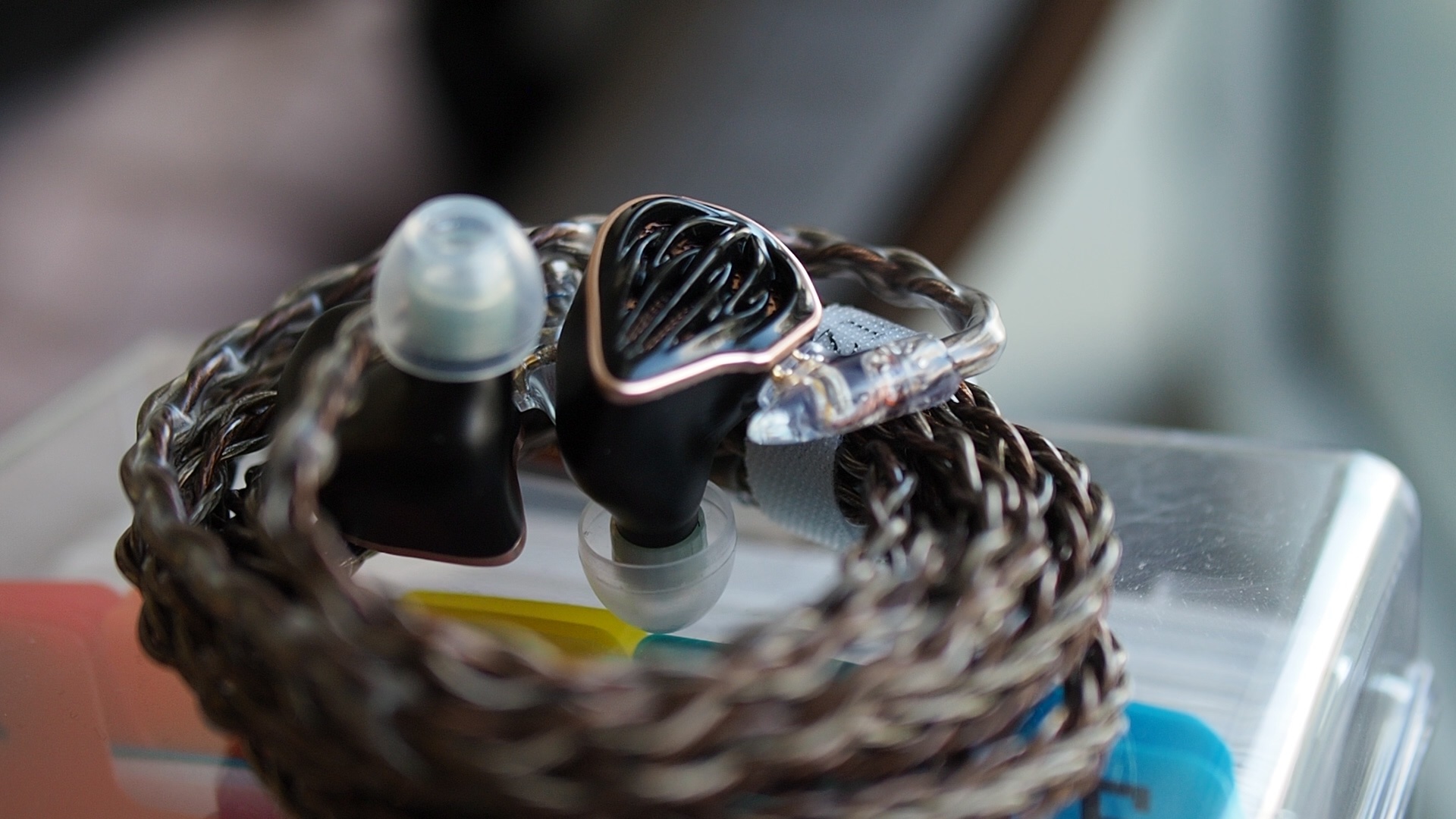
However, the treble response of MS5 has two issues.
An imbalance between 3kHz, 5kHz, 8kHz, and 12kHz makes cymbals, hi-hats, and hand claps unnatural in some recordings. The problem is the most prominent with G.O.A.T. by Polyphia. The problem is also more noticeable with the stock tuning nozzle. Both the bass and treble nozzles reduce the oddity of MS5 treble to only a few tracks in my library, so I stick to the treble nozzles for extra zings and perceived clarity.
Second, there can be sibilance due to the emphasis at 8kHz. For instance, when I listen to Ed Sheeran’s Shivers, I hear sibilance when he hits words with SH, S, or X. However, I don’t hear the usual grating and shoutiness when he hits higher notes that I usually hear with, say, Moondrop Blessing 2, so it’s a trade-off.
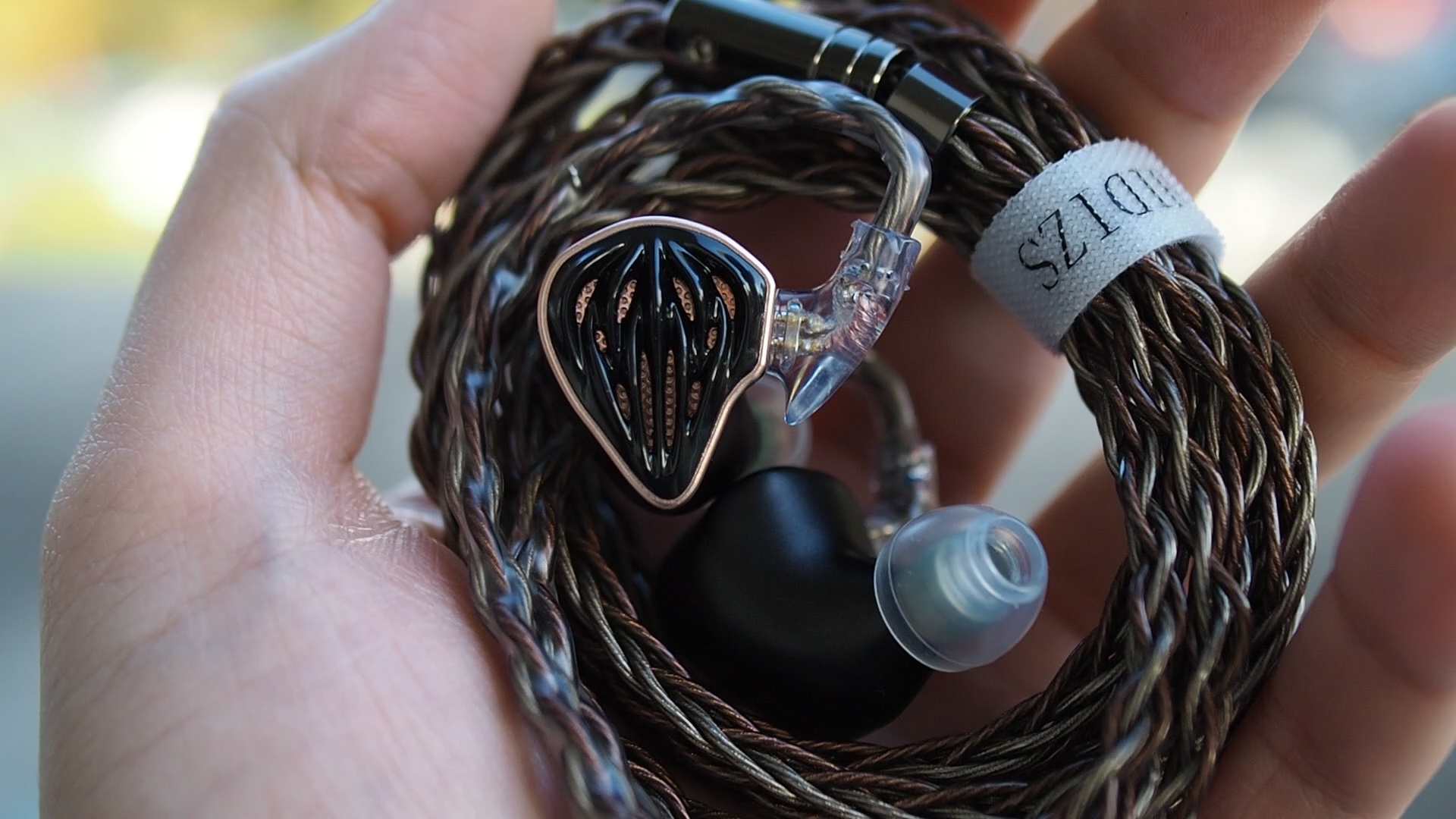
In summary, I can approach the tuning of MS5 from two angles. The first angle is the novelty, the daring to bring “wonky audiophile” tuning from the high-end market, creating one of the most refreshing listening experiences so far. From this angle, MS5 deserves a 4 or even 5.
On the other hand, handling treble leaves something to be desired, especially if you pay a lot of attention to your cymbals and hi-hats. I don’t have much problem because I mostly listen to orchestral and soundtracks, where the treble response brings great benefits. However, I acknowledge the potential problem for many listeners. Therefore, I rate the tonality of MS5 as Adequate - 3/5.
Resolution, Detail, Separation: 4/5 - Good

Resolution is a fascinating subject due to the difficulty of pinning down what it really is. To me, “resolution” can be separated into “macro” and “micro” levels. The “macro resolution” is synonymous with instrument separation. In general, if note attacks are very crisp and precise, musical instruments in a song would be distinctive even when they overlap on the soundstage. The “micro resolution” dictates how many details you can hear at the note tails. Many IEMs are good at macro- but mediocre at micro-resolution. A few are vice versa.
I find the resolution of MS5 to be at a good level. It does not leave me wanting when I use it as my everyday carry IEM, leaving the U12T and the Andromeda at home. It does not mean that MS5 has reached the top-of-the-line (TOTL) level of resolution, but it does a great job with my library of orchestral and soundtracks.

The macro resolution of MS5 is within the same level as Blessing 2. For instance, when I listen to the Presto movement of Vivaldi’s Summer violin concerto, I can separate and track individual instruments without too much effort. In direct A/B tests, the improvement in depth and separation of MS5 compared to Moondrop Aria (3/5 - Average) is easily noticed, even without paying attention. The difference between MS5 and Blessing 2 is much more challenging to spot. MS5’s soundstage has more depth, so the instruments seem more separated. Blessing 2, on the other hand, has a crunchy feeling to the note attacks, creating an illusion of more defined musical notes. Both MS5 and Blessing 2 feel congested and less separated when compared directly to the Andromeda 2020 and the U12T with Presto.
The micro resolution of MS5 is noticeably better than Blessing 2, approaching the Andromeda level. For instance, when I listen to the Flute Partita in A minor, I can hear more nuances, such as breaths, the air within the tubes, and the pressing of pads and valves with both MS5 and the Andromeda. With Blessing 2, I feel like a weak blur filter is applied to the music, smoothening the micro details that I can hear with other IEMs. The U12T is one step ahead with more details in room reverberation and air.
In summary, I would still place MS5’s resolution around Blessing 2’s level: 4/5 - Good. Yes, the micro details of MS5 are a bit better. However, you would likely pay more attention to the macro details/separation in everyday, casual listening. On that aspect, MS5 can be better than Blessing 2 but does not enter the TOTL level (5/5) yet.
Percussion Rendering: 5/5 - Excellent
Percussion rendering reflects how well the tuning and technical performance of an IEM work together to recreate realistic sound of a drum set. Good drum hits have a crisp attack (controlled by frequencies from 4kHz to 6kHz), full body (midbass frequencies around 200Hz), and physical sensation (sub-bass frequencies around 50Hz). Good technical performance (“fast” driver) ensures that bass notes can be loud yet detailed. IEMs that cannot control bass very well tend to reduce the bass’ loudness to prevent muddiness.
MS5 has a satisfying bass response. The amount of bass is high, and the quality of the bass does not disappoint.
For instance, when I listen to Skyrim’s main theme (Dragonborn), I feel a strong sense of rumble due to the war drums used by the orchestra throughout the recording. I can also hear the clear attacks of notes on the bass drum rather than a continuous but dull rumble provided by some sub-bass-focused IEMs.
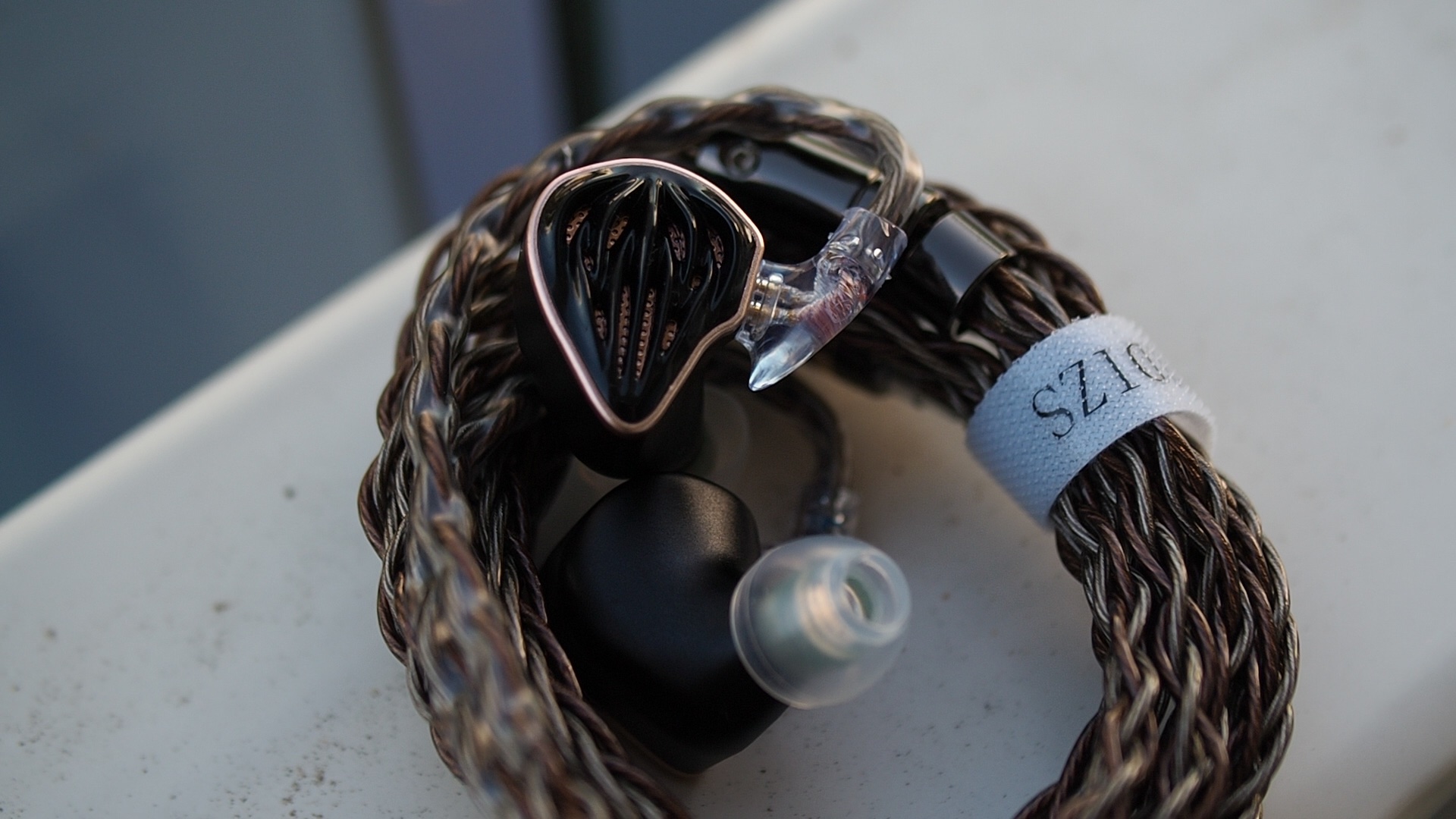
Another good example is the iconic opening of Hotel California (1994 live version). I can hear clear attacks from the kick drum, with noticeable rumble and resonance of the bass across the soundstage. Due to the balance between bass and midrange, MS5 even out punches and out rumbles my U12T. At the same time, I can hear a clear separation between the kicks and the bass guitar.
In summary, the bass presentation of MS5 is somewhere between the lean and precise U12T and the all-out bass of IEMs like Final Audio E5000. It is indulgent and satisfying without being sloppy. 5/5 - Excellent.
Stereo Imaging (Soundstage): 4.5/5 - Very Good

Stereo imaging or “soundstage” is a psychoacoustic illusion that different recording elements appear at various locations inside and around your head. Your brain creates based on the cues in the recording, which are enhanced or diminished by your IEMs, DAC, and amplifier. Some IEMs present a wide but flat soundstage. Some present a “3D” soundstage with layering, depth, and height. In rare cases, with some specific songs, some IEMs can trick you into thinking that the sound comes from the environment (a.k.a., “holographic”)
Soundstage imaging is another bright spot of MS5’s presentation. Due to the laidback midrange and the treble peak in the “air” region, MS5 has a spacious soundstage. Singers, bands, and orchestras take a few steps back from my head. The sense of layering between closer and further away instruments is also prominent.
With both the presto movement of Vivaldi’s Summer and G.O.A.T. by Polyphia, I can immediately hear more depth and layering when switching from Aria and Blessing 2 to MS5. Not only the whole stage is less in my face, but the distance between closer and farther instruments is also more pronounced, making the music less congested. Due to the 8kHz emphasis, MS5 also has a strong sense of height. For instance, cymbals and hi-hats can appear from above my head with some recordings.
The instrument placement of MS5 is quite close to Andromeda 2020. However, the Andromeda is more incisive and precise. The furthest layer of the stage, such as the cheers in Hotel California, is also a bit further away and more “holographic” with Andromeda.

I also used MS5 to play some games and watch some FPS gameplay. The IEM provides strong localisation ability. I can pinpoint the direction and distance of gunshots. The only limitation I can think of is the accuracy of the height information. However, this issue is only prominent when I A/B MS5 directly against Andromeda.
In summary, the soundstage imaging capability of MS5 is a solid step up from the usual “good” level, represented by the Moondrop Blessing 2. However, it needs a bit more precision and perhaps extra energy in the upper treble region to truly capture that holographic illusion of the TOTL level. 4.5/5 - Very Good.
Conclusion
MS5 represents yet another interesting interpretation of a good IEM from Hidizs. Its tuning takes a page from some kilo-buck TOTL IEMs with a neutral-warm midrange, strong bass, and strong treble presence. The resolution is good, whilst the soundstage imaging and bass response are excellent. Suppose your library consists primarily of orchestral music and soundtracks that benefit from space and bass. In that case, the Hidizs MS5 receives a high recommendation from this reviewer.
Pros:
- Different tonality than the usual Harman-inspired IEMs
- Excellent bass response
- Very good soundstage imaging
- Laid-back midrange
Cons:
- Timbre of cymbals, hi-hats, and other high-pitched instruments
- Might be too much treble for some listeners
- The stock cable might be uncomfortable for some listeners
